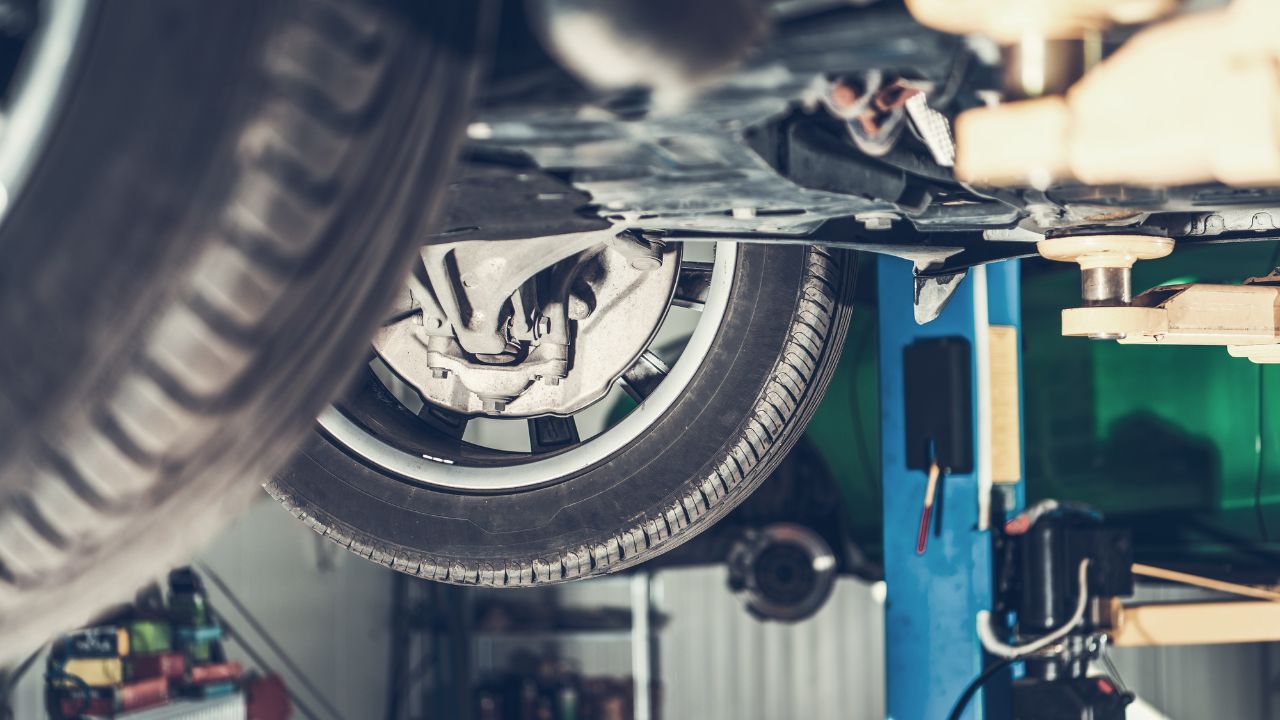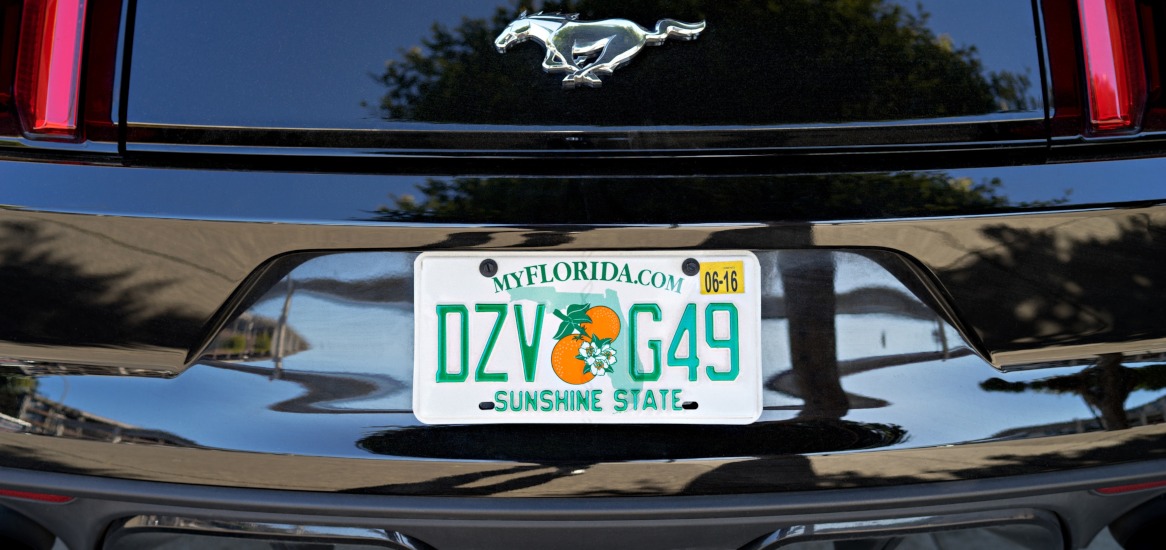
It is important to understand the requirements for the ASE certification test before you can become a mechanic. This article will explain the training and job outlook required to become an experienced mechanic. This article will give you the information you need to make an educated decision about going to mechanic school in Hawaii. We hope that this article is enjoyable. For more information or questions, please get in touch.
ASE test centers in Hawaii
You've found the right place if you want to become an ASE-certified mechanic. Official ASE test centers have been set up throughout Hawaii. To register for the ASE test you must first register. Pre-registration paperwork and proper identification are required in order to take the ASE test. You can find out the location of an ASE test center by zip code or city.

You must be a mechanic to get the job.
You need to meet several requirements before you can become a Hawaiian mechanic. These requirements include the completion of a high school diploma or GED, and at least two years of work experience. A post-secondary certificate or degree is also required. Two different programs are offered in Hawaii to train individuals to become mechanics. These programs are accredited by the National Institute for Automotive Service Excellence (ASE), which is a national certification body.
For entry-level jobs in the auto service industry, you only need a high school diploma in Hawaii. Students gain practical experience in basic car maintenance once they are employed. These tasks include checking and changing oil, checking tire pressure and performing multipoint inspections. Some employers require ASE certification, while others require a valid driver’s license.
Job outlook for mechanics in Hawaii
The state of Hawaii has many opportunities for auto mechanics. Although the majority of work can be found in Honolulu's auto repair shops, there are many opportunities for entry-level body technicians and service technicians. Expert master mechanics can find steady work in various dealerships. Diesel mechanics will never run short of work. The job outlook for mechanics is good in Hawaii, where there is a 6.1% annual rate of growth.

Auto mechanics in Hawaii need a state license to work in the state. This license requires a fouryear degree in diesel engineering. While certification does not necessarily mean that you must be certified, employers will prefer certified mechanics. There are many advantages to being a mechanic here. Because of the low state income, this field is highly sought after by mechanics. You might consider this career if you love cars.
FAQ
How do I prepare for a mechanic apprenticeship?
It is important that you understand the ramifications of your actions. It is important to know the basics of how cars work. This will help you to plan your first day in the garage.
It is also important to be able to fix small problems like broken lights or tires.
This article will show you how to diagnose and fix issues.
It is also important to know how the different pieces fit together in order to put them together again.
Finally, be proficient in using tools safely and efficiently.
All these things will help you to become a competent mechanic.
What qualifications is required to become an mechanic?
You will need to pass several exams in order to become a mechanic. These include:
-
A test of general knowledge
-
A practical exam
-
An apprenticeship test
These tests will ensure you are familiar with the fundamental concepts of mechanics and physics before starting to work as a mechanic.
Once you pass these tests you can become a mechanic. You'll still need an apprenticeship. This will require you to learn the trade.
To fully understand the mechanics of vehicle repairs, you'll need workshops and classes. Additionally, you will need to work with experienced mechanics.
To be a successful mechanic, you will need to have a high degree of concentration and attention. It is essential to pay attention to all aspects of vehicle repairs.
To become a successful mechanic you'll need patience. This may not be the career path that you want if you aren't able to follow directions.
You could make a great career out of your love for cars and the work that goes into fixing them.
Is it easy to get a job as an automotive mechanic?
It can be done. Many garages list their vacancies online. Many people simply apply for the fun of it. If you want to get your foot in the door, you should try applying for a few places and see if they accept student applications. If you don't know anyone working in the industry, ask your friends and relatives. They might be happy to recommend someone.
What does it matter which college I attend?
No, not really. There is no difference in the programs offered by colleges for getting into automotive work. Some schools have better programs than others, so you might want to look elsewhere if your goal is something more specialized.
Statistics
- The U.S. Bureau of Labor Statistics (BLS) reports that the job outlook for automotive service technicians and mechanics is expected to decline by 4% from 2019 to 2029. (indeed.com)
- 52% of Mechanics in the United States think their salaries are enough for the cost of living in their area. (indeed.com)
- According to the BLS, total auto technician employment is expected to exceed 705,000 by 2030. (uti.edu)
External Links
How To
How to correctly diagnose your vehicle for repairs
First, look at the symptoms of your car to determine if it needs repair. You can then follow these steps for a proper diagnosis of your vehicle.
-
Check engine lights. Make sure to check all dashboard indicators like the engine light indicator (oil pressure gauge), the battery indicator (battery light indicator), and the RPM indicator (rpm gauge). You may have a problem with your vehicle if any of the indicators are flashing for more than a few days.
-
Pay attention to the treads on your tires. Tires can become worn and cause problems in handling and braking. It is also important to inspect the wheel treads. They should be clean and smooth. You can do this by taking off the wheels. Use a flashlight to see how well the treads are worn.
-
Pay attention to the level of your brake fluid. You must always monitor the level of your brake fluid. You can ensure that your brakes are working properly by monitoring the level of brake fluid in your vehicle. Low brake fluid levels can cause brake failure when you apply pressure.
-
The suspension system should be tested. Most vehicles have a suspension system that absorbs shocks and vibrations. It provides better control and allows smoother acceleration and deceleration. A suspension problem can cause your vehicle to feel wobbly and shake uncontrollably. You can test if your vehicle has a suspension problem by putting weight on either the front or back axle to see how it moves.
-
Examine the steering column. The steering columns are what connect the steering knob to the rest. Sometimes, steering columns are damaged by accidents. You should replace your steering column if it feels loose or unstable.
-
Pay attention to the exhaust pipe. The exhaust pipe helps move gases from a combustion chamber into the atmosphere. If the exhaust pipe is damaged or leaks, harmful fumes can enter your cabin. It is also important to repair any bends in your tailpipe immediately.
-
Look under the hood. Look underneath your hood to see if anything looks strange. Leakage of fluids in your engine could indicate that it is leaking. Also, professional technicians should be called if you detect an unusual smell coming out of your engine compartment.
-
You should inspect your air filter. The outside environment can collect dust and other debris in your vehicle's air filters. A dirty air filter causes your vehicle to run poorly. Replace your air filter regularly.
-
Check the fan belt. The fan belt that connects your vehicle to the transmission is called the engine fan belt. If the fanbel breaks, your engine won't turn. It's easy to replace the belt. You only need a screwdriver or pliers to replace your belt.
-
The radiator hose and hoses should be checked. The radiator-hose carries water to the engine. If the hose becomes damaged or cracked, hot liquid can be emitted onto the engine. To repair the hose, you will only need to use a pair needle-nosepliers and a wire brush.
-
The windshield wipers should be checked. Windshield wipers work by using electricity to remove rain and snow. If they stop functioning, they can leave streaks in your window glass. The solution is to change the washer fluid.
-
Make sure you check the cables. The batteries provide power to the electrical systems within your car. Before you change batteries, disconnect the positive cable. Failure to do so can damage your alternator.
-
Check the headlights. Headlights illuminate the road ahead of you. They can make it difficult to see if they stop working. To determine if your bulbs are out of date, check them.
-
Pay attention to the lights. You can warn other drivers if you approach them at night. One that doesn't work could cause you to be distracted, and possibly lead to an injury.
-
Make sure you check your brakes. Before you get in a car accident, your brakes will be slowing down your vehicle. You may lose control of your vehicle and crash if the brakes don't function properly.
-
Change the oil. Keep your engine lubricated with oil. It helps prevent metal parts from wearing out too quickly. Changing the oil every month is recommended.